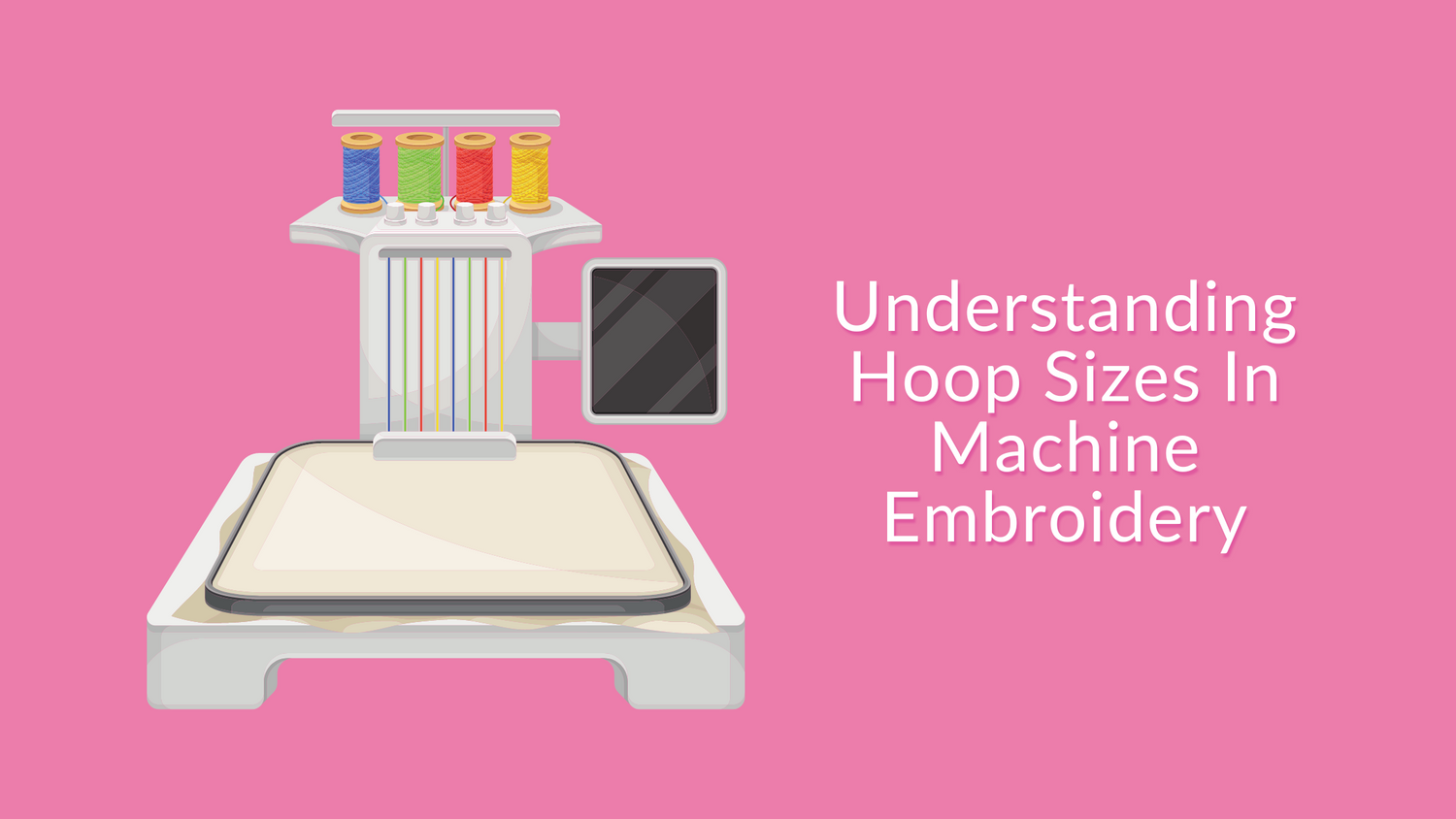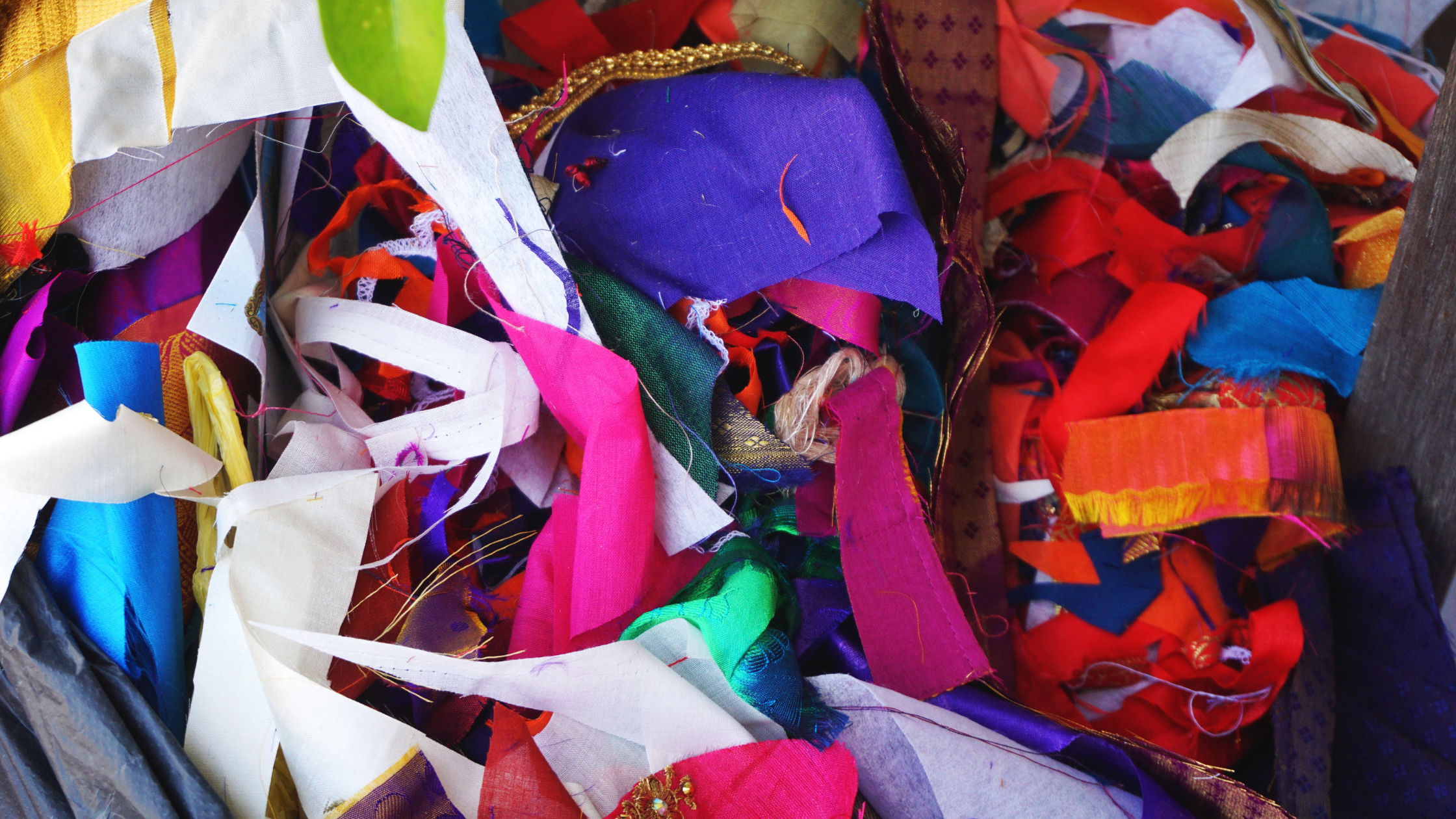Introduction
When it comes to numbers, we live in two different worlds. Some of us view numbers through a millimeter/centimeter/meter lens. And some of us view them through an inches/feet/yards lens. As home machine embroiderers, we are caught in the middle because the industry needs to cater to both. The stitch outs for embroidery designs need to be precise. The stitching is also extremely small. Did you know that one millimeter equals .039 inches? Well, not really - it is actually .0393701 inches! While embroidery machine companies and the digitizers operate in the world of small, precise millimeters, they also need to accommodate those who view numbers through the inches lens. As a result, names associated with hoop sizes have become somewhat muddled. On occasion, this has caused frustration for the home machine embroiderer. So it is important and necessary to understand the capabilities (and limitations) of the hoops that you own.
The Details
Let's delve into these muddled details using SweetPea’s Dog Table Runner. The description for the Dog Table Runner indicates that the blocks can be made for a 5x7, 6x10, and 8x12 hoop.  Lets use the 6x10 size for this discussion. What does a “6x10 block” really mean? Industry standards state that a 6x10 size hoop is one that measures 160x260 millimeters. 160x260 mm is actually 6.29x10.2 inches! Those who live in the “inches” world call it 6x10. However, to stitch out this design a hoop that is capable of stitching 160x260 mm or 6.29x10.2 inches is needed. Smaller won’t work even if it is only a fraction of an inch smaller!
Lets use the 6x10 size for this discussion. What does a “6x10 block” really mean? Industry standards state that a 6x10 size hoop is one that measures 160x260 millimeters. 160x260 mm is actually 6.29x10.2 inches! Those who live in the “inches” world call it 6x10. However, to stitch out this design a hoop that is capable of stitching 160x260 mm or 6.29x10.2 inches is needed. Smaller won’t work even if it is only a fraction of an inch smaller!
A prime example of how hoop size names have become muddled and confusing due to labeling for both worlds is the 150x240 hoop. It has a stitching field of 6x9.6 inches and the hoop is sometimes referred to a 6x10 hoop (because we round 6x9.6 up to 6x10). As stated in the paragraph above, the industry standard of a 6x10 hoop is 160x260 mm or 6.29x10.2 inches. This means a 150x240mm hoop cannot handle a 6x10 design even though some embroidery companies refer to it as 6x10. Confusing and muddled for sure! (And remember these are industry standards. These sizes have not been arbitrarily set by Sweet Pea.)
Sweet Pea, as most other digitizers, use the industry standards for their designs. The sizes that Sweet Pea digitizes to are listed in the following table and in their Help Center. There are 4 hoop sizes that have a stitching field size that is slightly less than standard hoop name: 4x4, 7x12, 8x12, and 8x8. The other 4 that Sweet Pea digitizes for are slightly larger than the standard hoop size: 5x7, 6x10, 9x12, and 9.5x14.

Your Next Steps
Given this background on hoop names, hoop sizes, and the reality of the actual stitching sizes, what does the home embroider need to do to ensure that the selected design size is appropriate for their hoops? First, and most important, find out the size of your hoop in mm - not in inches. Some hoops have the size right on the frame. If you have a hoop that does not have the size on the frame, then look in the manual or online to find the size in mm.

Second, compare your measurements to the chart above. If your hoop is a 200x200 hoop, then you know you can stitch out a design that fits a 200x200 hoop or smaller. That is, you can stitch out a design that is 8x8, 5x7, or 4x4. What about hoop sizes that aren’t listed above? Let’s use the 360 x 200 hoop as an example. If you only know the mm but not the actual stitching field size, it can be calculated. Use an online mm to inches conversion (just google “mm to inches conversion” and a number of links will be returned). You can also do this by hand, using the international standard of 1 inch equals 25.4mm. 360x200 mm converts to 14.17 x 7.87. Once calculated, reference the the table above and find out which standard sizes the hoop can accommodate. Based on the calculations, the 360x200 hoop can use all of the sizes listed except for the 9x12 and 9.5x14 hoops. And finally, with the information presented above, take the time to inventory your hoops and document the file sizes that each can use. Keep this information near your embroidery machine for quick reference.
Here’s a sample inventory sheet:

What About Multi-Position Hoops (a.k.a split hoops)
A multi-position hoop — also called a split hoop or multi-hoop — allows the home embroiderer to stitch multiple designs without having to rehoop stabilizer and fabric. (Note that the term “split hoop” is not the same as “splitting a design”.) There are limitations however. That is, the design size that you are able to embroider can not exceed the maximum size that your machine is capable of doing - not what the hoop itself can do. For example, let’s say you have a 5x7 machine and you find a 5x12 multi-position hoop. The largest design you can embroider remains at 5x7.
Summary
In summary, understanding exactly what your hoop size means in terms of its name, its size in mm, and its stitching field size is essential for a successful embroidery experience.



2 comments
Ramona Soto
thank you , it helps
Cindi Pierce
Thank you for all the information on your site & great customer service ❣️
Leave a comment
All comments are moderated before being published.
This site is protected by hCaptcha and the hCaptcha Privacy Policy and Terms of Service apply.